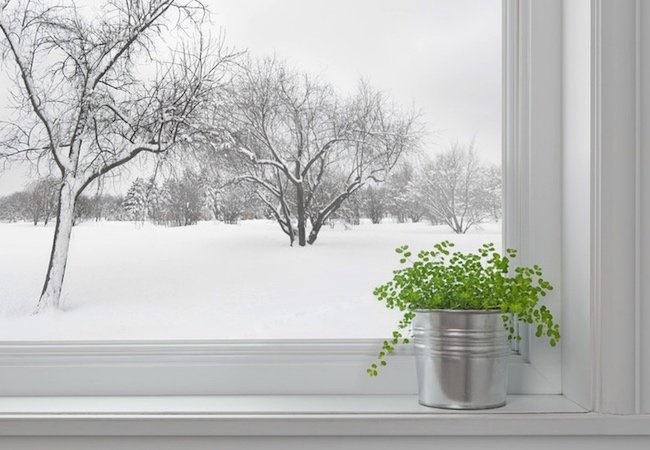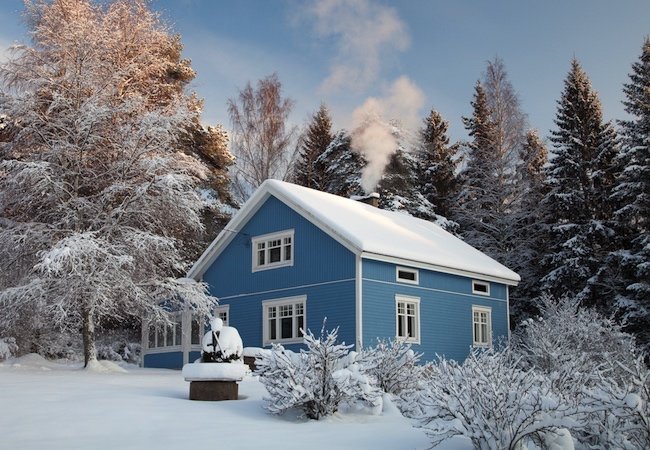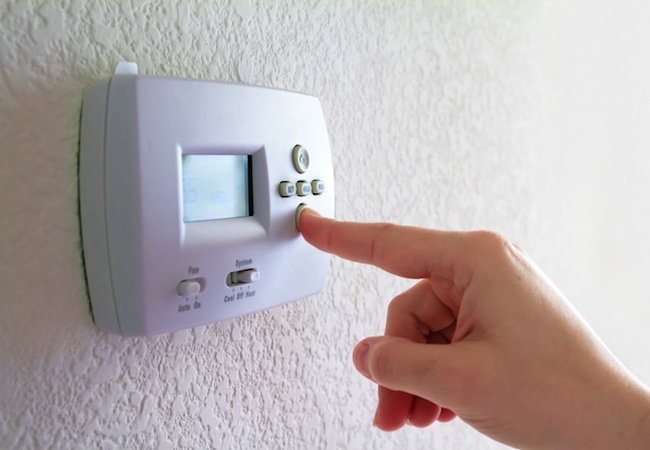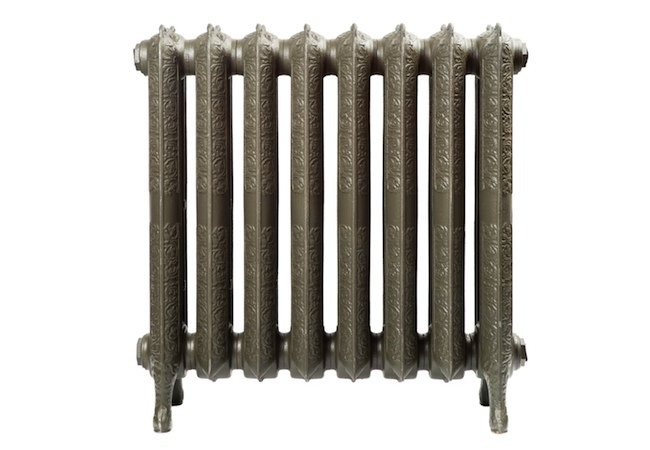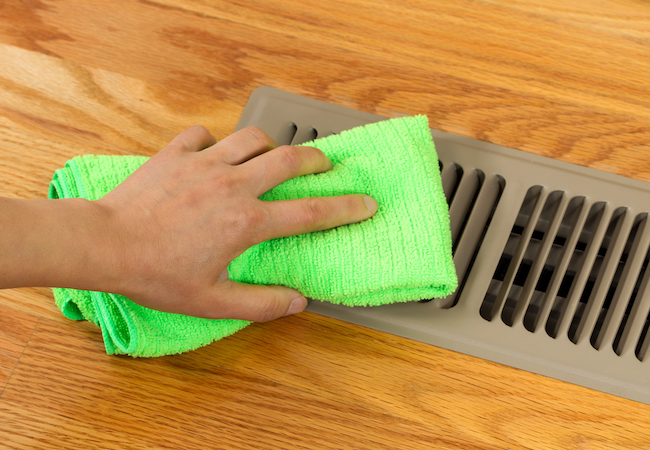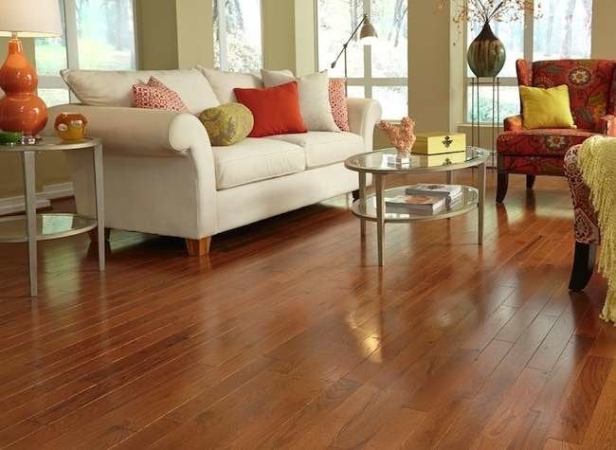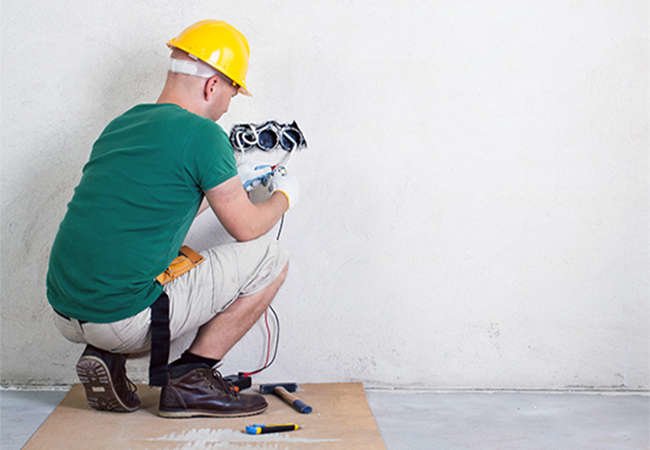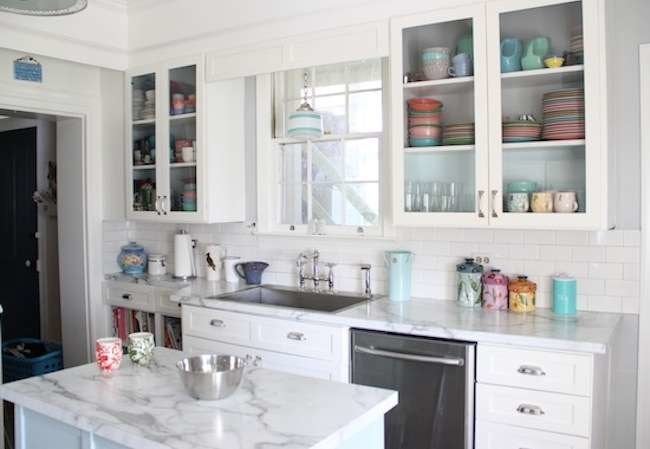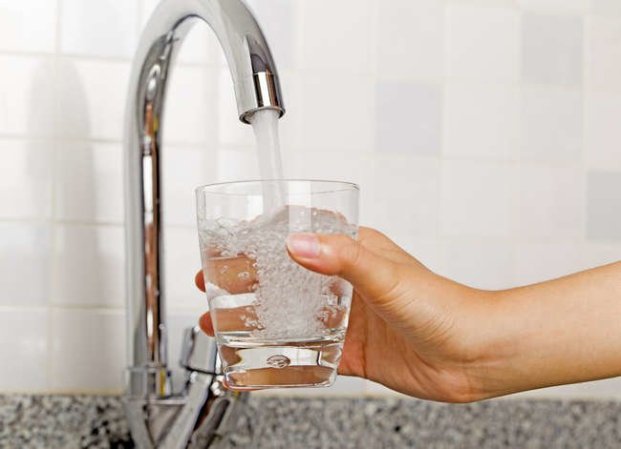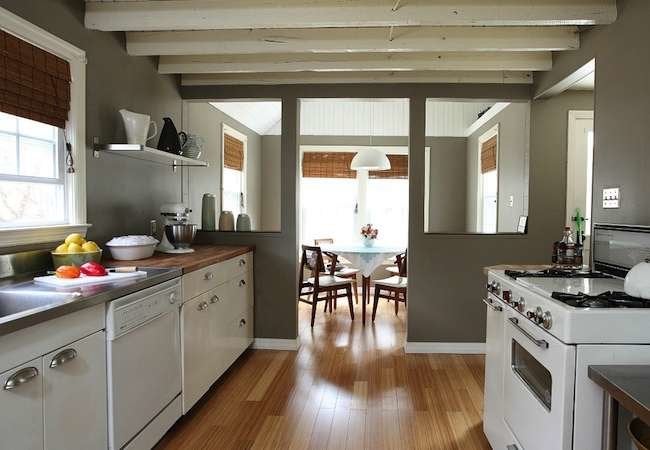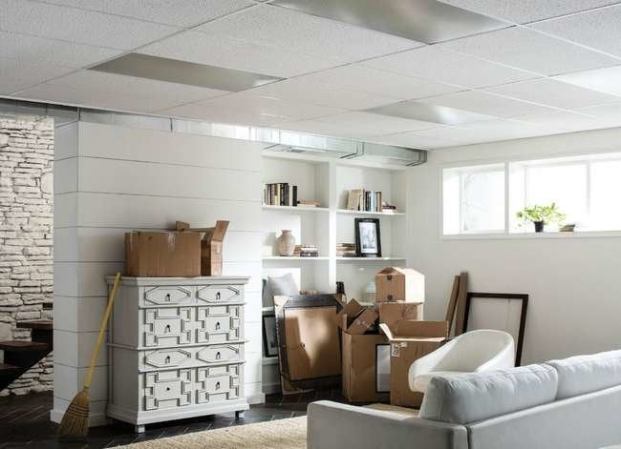We may earn revenue from the products available on this page and participate in affiliate programs. Learn More ›
If your goal is indoor air that’s as fresh and healthy as possible, you may think about hiring a firm to clean your home’s air ducts—the long channels that carry heated or cooled air throughout the house. Ducts lead from the furnace and run through basements, crawl spaces, and walls to reach every room, and cleaning them involves vacuuming up dust and debris from, as well as removing mold (if present).
In certain situations, duct cleaning will indeed reduce harmful contaminants in the air you breathe, but, according to the Environmental Protection Agency (EPA), it might not make a noticeable difference in homes that don’t have an identifiable duct system problem. Depending on who does the cleaning, in some instances it might actually make the situation worse. Read on for five surprising reasons to skip cleaning air ducts—and how to know when the job is worth it.
RELATED: 7 Reasons Indoor Air Isn’t as Pure as You Think
1. Many deals for cleaning air ducts are scams.
There are reputable and legitimate duct cleaning services in most communities, frequently offered by professional HVAC contractors, but unfortunately, this service also attracts a lot of scammers. Con artists may send out mailers—or show up on your doorstep—offering to clean your ducts for under $100. Legitimate duct-cleaning services average $500 to $1,500, depending on the size of the home. Once scammers get in the door, they often claim to find mold in the ducts and then demand more money to remove it. According to the National Air Duct Cleaners Association (NADCA), these con artists may falsely claim to be members of NADCA or a professional HVAC association. Don’t take their word for it; contact the association and ask if the company is a member.
2. Duct cleaning may not prevent health issues.
Dust comes from many sources, including pet dander, dust mites, tracked-in dirt, and blown-in pollen. While it’s true that the ductwork in your home may contain dust, the particulates often adhere to the inside of the ducts and are not dislodged when the furnace or air conditioner is running. Carpeting, upholstery, and drapes may contain higher levels of dust particles, and just walking around the room can stir up more dust than the small amount that comes from your air ducts. Unless a family member is allergic to dust and you want to take special precautions beyond using a HEPA vacuum, cleaning the ducts might not make a difference, health-wise, in indoor air quality. In certain cases, discussed below, duct-cleaning is a good idea.
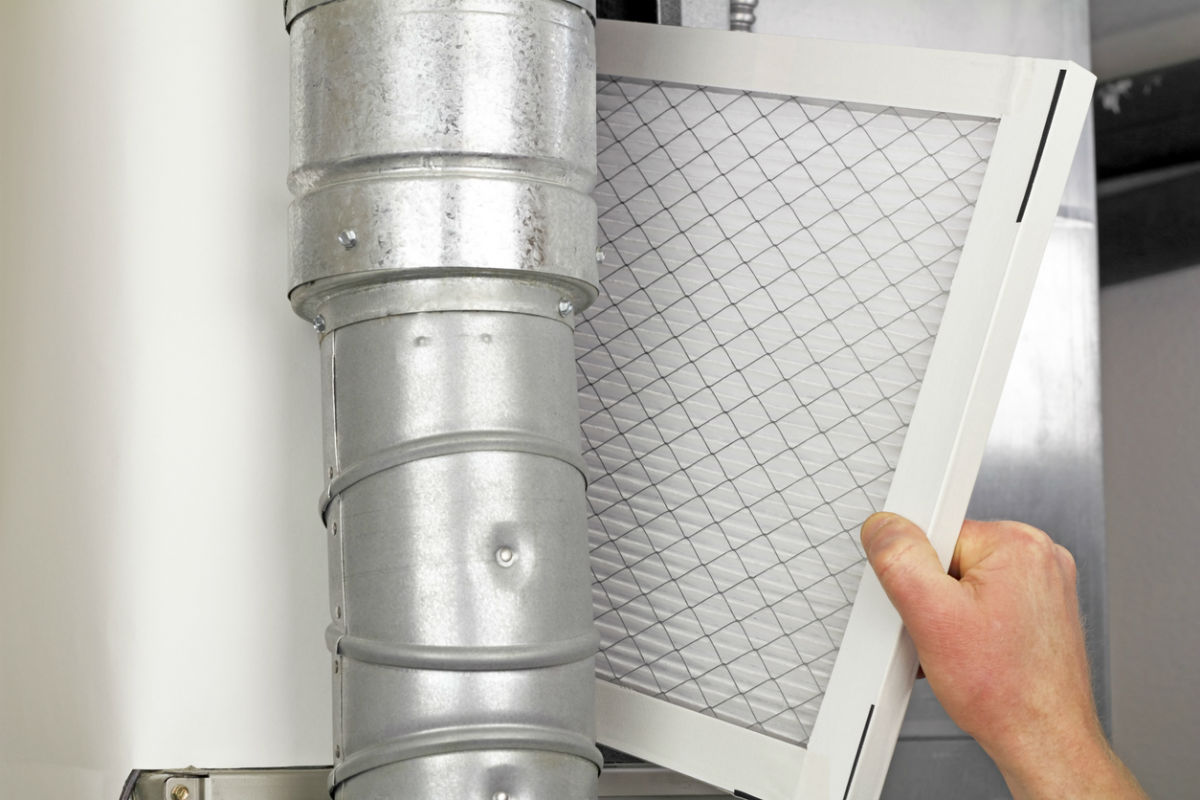
3. Finding dust buildup on registers doesn’t mean dust is in the ducts.
A common sales tactic used by scammers is to point out a layer of dust on the return registers (the louvered metal grilles covering return-air ducts). While return-air registers are prone to gathering layers of dust, that doesn’t mean the inside of the air ducts will be similarly dust-laden. Air filters located behind the registers are designed to trap the vast majority of dust that gets sucked into the return-air register, so it never enters the HVAC system. Changing air filters when they become dusty is the best protection against dust entering the system. The register itself is easily cleaned by vacuuming with a brush attachment and then wiping down with a damp rag.
4. Improper duct-cleaning can create more problems than it solves.
Untrained technicians or scammers who lack the right vacuuming equipment to safely clean the ducts can dislodge dust that was previously adhered to the inside of the ducts and release it into your home. Only qualified HVAC inspection and cleaning technicians can safely clean the ducts and exhaust the air to the outside of your home. In addition, some types of ducts, such as insulated and flexible ducts, can be damaged by an untrained technician, leaving you to pay for expensive duct repairs.
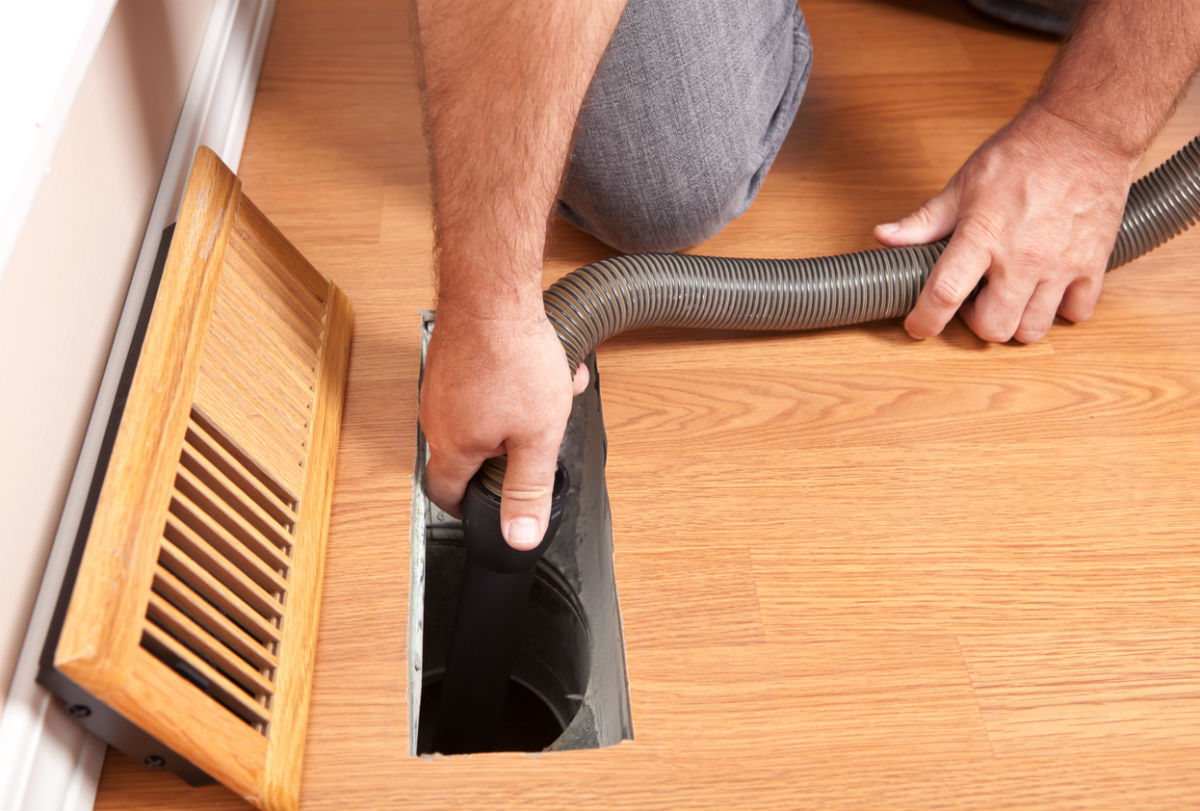
5. Duct-cleaning is not a DIY job.
If you consider yourself handy, you’re probably curious about how to clean air ducts yourself. On an annual basis, it’s a good idea to remove floor registers and carefully vacuum out visible dust or debris from the duct directly below the register (usually a space eight inches to 10 inches deep). But don’t attempt to stick a vacuum hose deeper into the duct. In the same way that an untrained service technician can damage ductwork—or release more dust into the air—so can a well-meaning homeowner.
Still, duct cleaning is sometimes necessary.
So how often should you clean your air ducts? Simply put, only as regularly as there’s a serious problem, such as the presence of mold in air ducts, which can lead to mold spores being blown into your home’s living areas. This can trigger allergy-type symptoms, including a runny nose, sore throat, watery eyes, and other respiratory issues. If you notice a moldy or musty smell every time the furnace or AC is running, call a professional HVAC or duct-cleaning company. Mold grows in damp or wet areas, so if mold is in the ducts, along with having them cleaned, you’ll need to find the source of the moisture—perhaps a leaky pipe—and repair it.
Other valid reasons for cleaning air ducts include insect or rodent infestations in the ducts and high levels of dust or debris, which may have entered the ducts if the floor registers were not covered during a remodeling project and debris fell into the ducts.
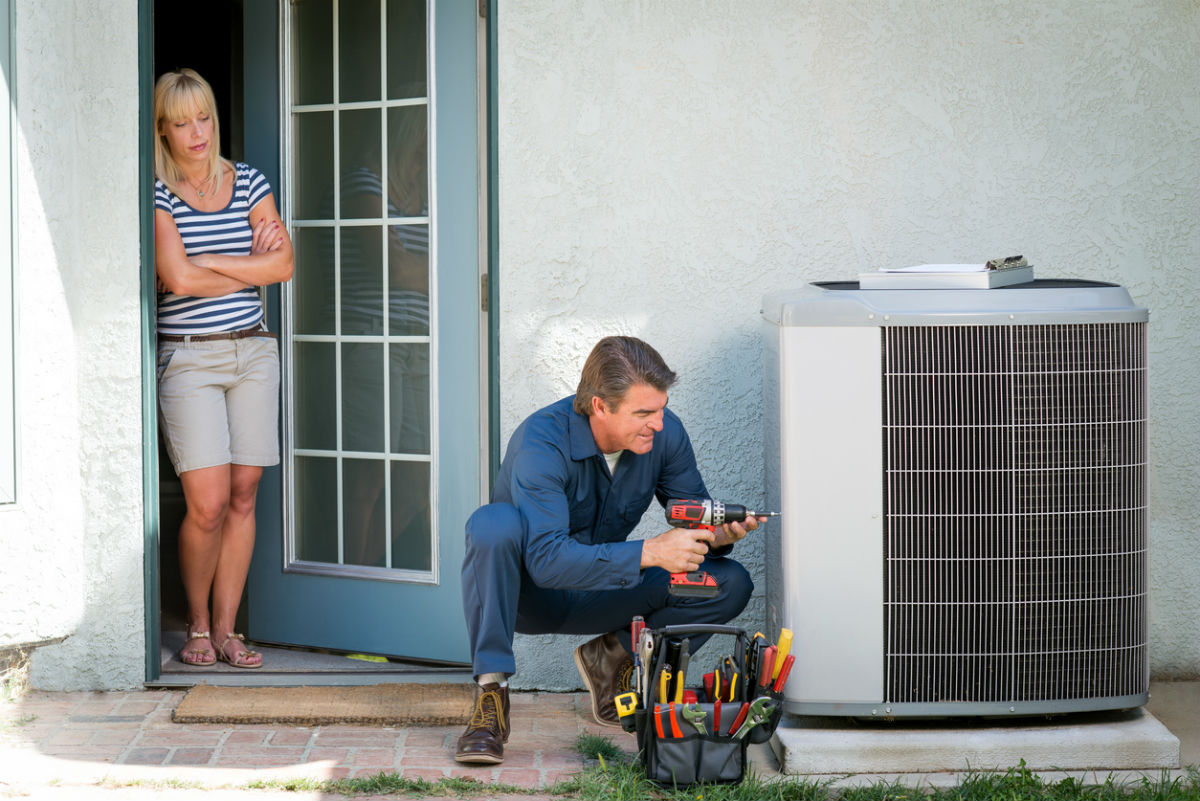
Until then, good care and maintenance of the HVAC system are often all that’s needed.
If you don’t have a mold problem in your ducts and they aren’t infested, the air in your home will likely be just fine without having the ducts cleaned. The exception, as noted above, is if a family member is highly allergic to dust. For most, the following HVAC care and maintenance tips should be sufficient for keeping dust particles at an acceptable level.
- Change the return-air filters a minimum of four times per year, at the start of each new season. If they become dirty before that, change them more frequently.
- Have your HVAC system professionally inspected and serviced annually.
- Cover floor registers and return-air ducts with taped-on plastic sheeting before remodeling your home.
- Vacuum daily if you’re concerned about dust. If a family member suffers from allergies, consider using a high efficiency (HEPA) vacuum.



